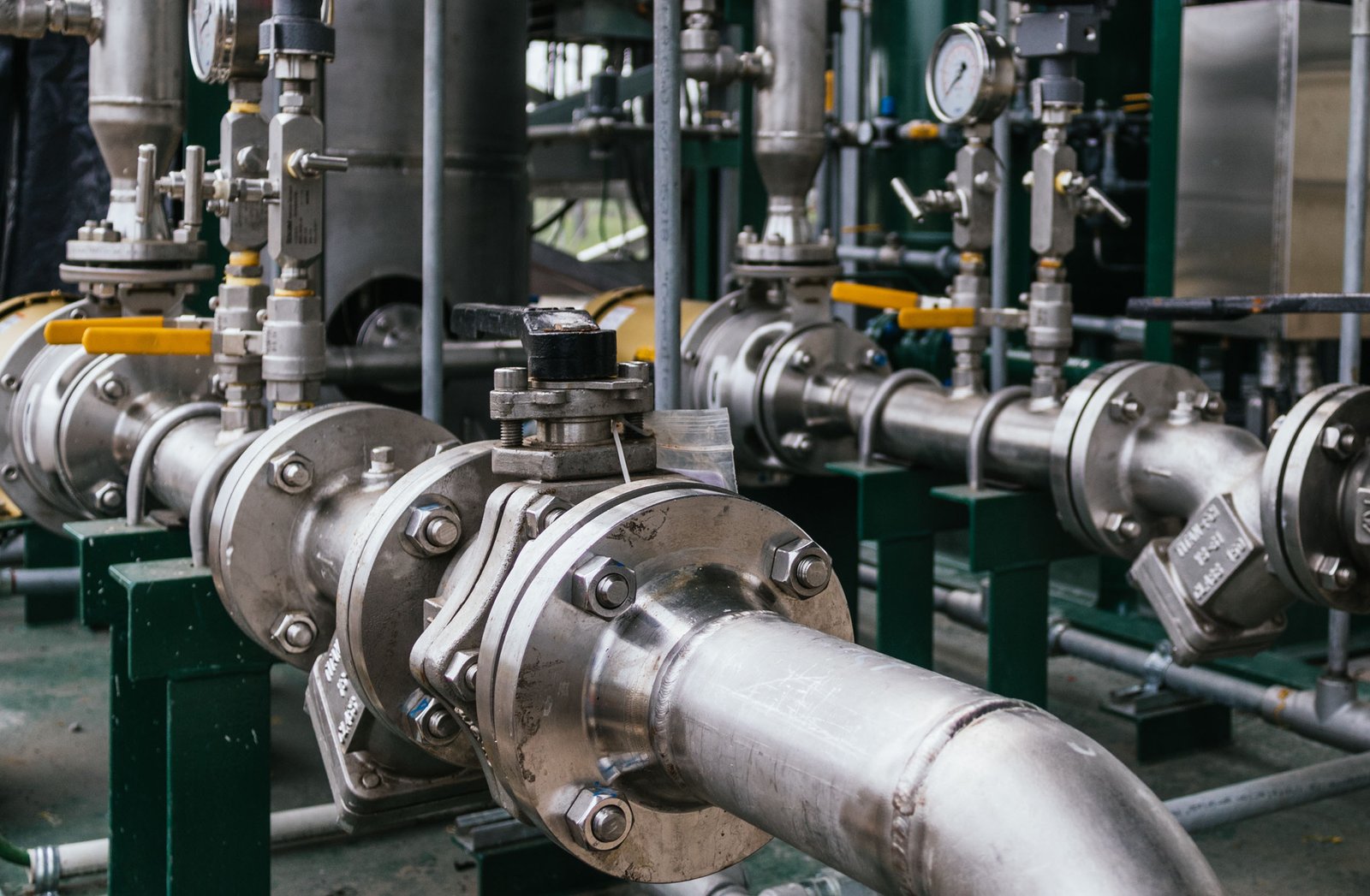ASME B16 standard and benefit from it.
History of ASME B16
The roots of the ASME B16 Standard trace back to 1920, when ASME co-sponsored Sectional Committee B16 with the American Standards Association (ASA) to establish standards for pipe flanges, fittings, valves, and gaskets. The inaugural B16 standard was approved and published in 1927.
Today, ASME presents a comprehensive series of 32 B16 Standards. These standards encompass pressure-temperature ratings, materials, dimensions, tolerances, markings, and testing for valves, flanges, fittings, and gaskets. Certain B16 Standards are utilized in conjunction with equipment described in other ASME B16 Standards, as well as in tandem with other ASME standards like the Boiler and Pressure Vessel Code and the B31 Piping Codes.
ASME codes and standards cover a wide range of topics including piping and pressure technology, nuclear power plants, elevators/escalators, construction, engineering design, standardization, and performance testing.
About ASME
Established in 1880, ASME stands as one of the world’s oldest standards-developing organizations. Since the inaugural release of its renowned Boiler & Pressure Vessel Code in 1914, ASME has been at the forefront of mechanical engineering standards development, shaping many of the practices employed in the field today. With a portfolio comprising nearly 600 offerings, ASME’s codes and standards span a wide range of topics, including piping and pressure technology, nuclear plants, elevators/escalators, construction, engineering design, standardization, and performance testing. Utilized in over 100 countries, ASME standards have been translated into numerous languages, reflecting their global impact.

To learn more, visit www.asme.org/Codes
Who Can Benefit From ASME B16?
ASME B16 targets manufacturers, owners, employers, users, and stakeholders involved in specifying, acquiring, maintaining, training, and safely using valves, flanges, fittings, and gaskets with pressure equipment, including governing entities. Thoughtful implementation of specific B16 standards aids users in adhering to crucial regulations in their jurisdictions. Simultaneously, it enables them to reap operational, cost, and safety benefits by embracing the industry best practices outlined in these B16 Standards.


ASME B16 Committee Volunteer Membership
ASME B16 Standards undergo development through committees and supporting technical subcommittees, comprising volunteer members who are technical and operational experts from diverse industries. These dedicated volunteers play a crucial role in ensuring that the standards remain relevant to the ever-evolving work environment and equipment landscape. Each committee strives for balanced participation and maintains open access to the public.
Notably, ASME membership is not a prerequisite for appointment as a volunteer on a committee, and there are no fees or geographical restrictions associated with membership on ASME B16 committees. ASME employs an Internet-based voting and tracking system, facilitating committee members and other interested parties to engage in ongoing business from anywhere in the world. These committees convene at least twice each year to deliberate on changing industry needs and best operational practices.
For more information, visit Our Products






Leave a comment